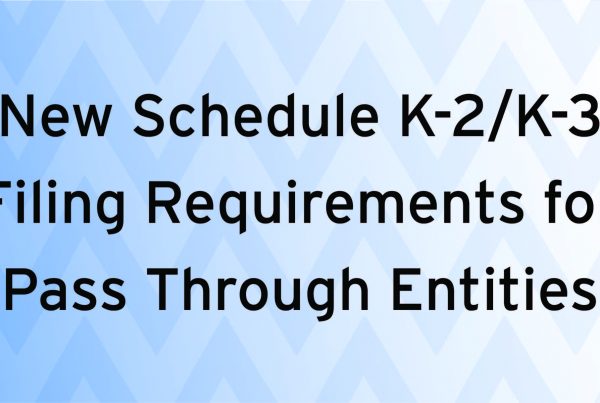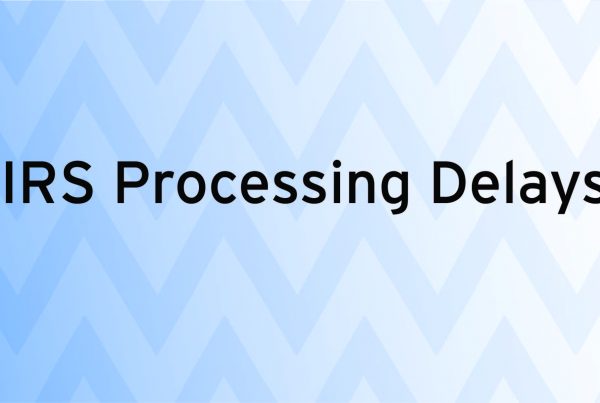Plan sponsors should keep records that align with the IRS’ expectations for hardship withdrawals from qualified plans as described in a February 23, 2017 IRS memorandum to its employee plan examiners. The memo provides instructions on the types of documentation that should be requested during an IRS audit to evaluate whether in-service distributions were allowed under the hardship withdrawal rules.
401(k) plans may allow participants to withdraw from their retirement accounts prior to separation of service because of a financial hardship. To qualify for a hardship withdrawal, a participant must show the withdrawal is “necessary” (a needs test) to meet an “immediate and heavy financial need” (an events test). While the regulations do not specify the substantiation requirements, the IRS’ Employee Plans News previously provided informal guidance in 2009 and 2015.
The 2009 guidance broadly requires a statement or verification of the employee’s hardship. The 2015 guidance indicates that the plan sponsor or administrator must obtain and preserve financial information and documentation that substantiates the need for the hardship withdrawal. Further, the practice of self-certification, whereby administrators allow participants to self-certify that they satisfy the criteria to receive a hardship distribution, is only permitted to satisfy the needs test (i.e., the distribution was the sole method of alleviating the hardship). However, self-certification is not allowed to demonstrate satisfaction of the events test. Instead, the plan sponsor or administrator must obtain documentation to show the nature of the hardship. Notably, document retention is the responsibility of the plan sponsor.
The 2017 IRS memorandum indicates that plan sponsors and administrators should follow either of two substantiation procedures upon receiving a hardship withdrawal request: source documents or employee summary.
Source documents. The plan sponsor or administrator should request actual documents (such as estimates, contracts, bills or statements from their parties) and review those documents to verify that they support the requested hardship withdrawal.
Employee summary. If the plan relies on an employee’s summary of the information contained in source documents, the plan sponsor or administrator must first issue a notice to the participant advising the following:
• The hardship distribution is taxable and additional taxes could apply.
• The amount of the distribution cannot exceed the immediate and heavy financial need.
• Hardship distributions cannot be made from earnings on elective contributions or from QNEC or QMAC accounts.
• The recipient agrees to preserve source documents and to make them available at any time, upon request, to the employer or administrator.
The plan sponsor or administrator must ask each participant requesting a hardship withdrawal to provide information specific to any of the six safe harbor hardship withdrawals sought (medical care, purchase of a principal residence, prevent eviction from or foreclosure of principal residence, repair of damages to principal residence, post-secondary education expenses, or burial and funeral expenses).
The 2017 IRS memorandum contains an attachment that lists the information requests for each hardship withdrawal event. The plan sponsor or administrator must ensure the summaries are complete and contain the relevant items listed in the IRS guidance, otherwise an IRS agent may request source documents to substantiate the hardship. Further, administrators should provide a report or other data to the plan sponsor, at least annually, describing the hardship withdrawals made during the plan year.
If an IRS agent determines that all applicable requirements of the “source documents” or “employee summary” substantiation methods are complete, then the plan should be treated as satisfying the substantiation requirement for making hardship distributions.
In-service distributions that fail to satisfy the hardship distribution rules violate the requirements for plan qualification. While the statutory penalty would be loss of tax-exempt status and immediate taxation to all plan participants, the IRS’ Employee Plans Compliance Resolution System (EPCRS) would allow the sponsor who cannot produce the required documents to the IRS examiner to salvage the plan’s tax-exempt status after paying a monetary sanction that could be substantial. EPCRS also allows plan sponsors to enter the voluntary correction program prior to notification by the IRS of an examination and pay significantly less in the form of an application fee. Therefore, it is advisable to consider a compliance review of hardship withdrawal procedures and documentation before notification of an IRS audit.


